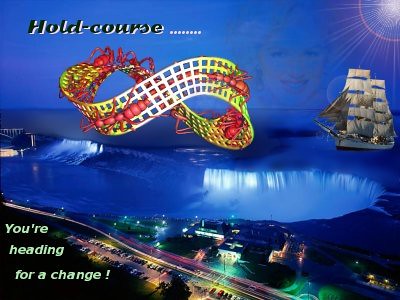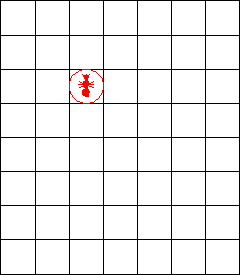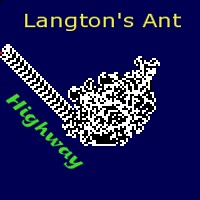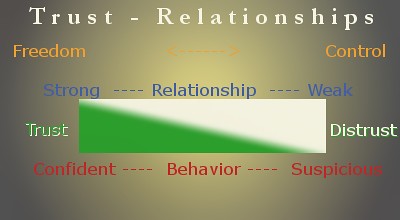In times of change, success depends, more than ever, on taking the right decisions that have the support of your team or family.
Because of the importance of such decisions, by nature we're not inclined to take any alternative or more risky solutions. Instead we go on 'Save' and base our decision on our passed experiences and our preferred and filtered ways of taking in information and making decisions.
As team or family member we all are selective in what we see or hear. More over, in changing times most of us avoid unnecessary conflict. Neither do we like extra challenge, as our bow cannot always be bent. We're captured in what is called our confirmation bias.
To prevent possible failures in decision making, it's important to include the different views and (decision) qualities of our team (family) members in a balanced way.
To help to make better and more considered decisions, we may use the so called Z-Technique, that Sue Nash uses in her action learning programs. This technique is based on the Myers Briggs Type Indicator (MBTI).
To remember it better, Steve Roesler , related this technique, that he called 'Decision z', to the tv and movie character Zorro. So we might call it the 'Zorro Decision' technique.

The Zorro Decision technique is based on 4 steps:
Remember Zorro next time you're about to take a group decision!
Sources: Sue Nash Consulting, Roesler Consulting Group
Because of the importance of such decisions, by nature we're not inclined to take any alternative or more risky solutions. Instead we go on 'Save' and base our decision on our passed experiences and our preferred and filtered ways of taking in information and making decisions.
As team or family member we all are selective in what we see or hear. More over, in changing times most of us avoid unnecessary conflict. Neither do we like extra challenge, as our bow cannot always be bent. We're captured in what is called our confirmation bias.
To prevent possible failures in decision making, it's important to include the different views and (decision) qualities of our team (family) members in a balanced way.
To help to make better and more considered decisions, we may use the so called Z-Technique, that Sue Nash uses in her action learning programs. This technique is based on the Myers Briggs Type Indicator (MBTI).
To remember it better, Steve Roesler , related this technique, that he called 'Decision z', to the tv and movie character Zorro. So we might call it the 'Zorro Decision' technique.

The Zorro Decision technique is based on 4 steps:
- Sensing
Walk through and write down all possible facts and factual details. - Intuition
Take a 'big picture' approach to think 'long term'.
Write down all opportunities, possibilities, and connections between cause and effect. - Thinking
Write down and discuss all possible solutions. Each with their pros and cons, risks, benefits, consequences and likelihood. - Feeling
What impact does the decision have on other stakeholders or group members ( the 'people factor') How will you feel about the result? Will it gain support or meet opposition?
Remember Zorro next time you're about to take a group decision!
Sources: Sue Nash Consulting, Roesler Consulting Group










